It doesn’t matter who you are, but when you start taking photos there will some very common photography mistakes that are made by all newbies. This post is designed to help you and to make you feel better if you find you have made one, or even quite a few, of these. There is no doubt that we all make mistakes as we learn, it is how we get better. Here are 24 of the most common ones.
This post is being reposted from the old blog. As I delete posts from there, I am going to be slowly redoing many of them to be posted here. When the original post was done many of those reading added their own mistakes and we ended up with quite a list.
24 Common Mistakes People Make When They Start Photography
1 – The horizon is always smack bang in the middle of the image.
It is something we all do when we start photography. The natural thing to do seems to be to put it in middle, but in photography it is consider a massive mistake. This is one of the rules, but it should be just a guide. Most of the time it is going to be better if the horizon is on one of the third lines, but there are always going to be times where it won’t work. One instance is with reflections. You usually want to get the subject and the reflection. If you have to put the horizon in the middle, you should be able to justify why.
2 – Don’t Put objects you are photographing in the middle.
This addresses another one of the rules, where everything should be photographed on the third lines. You see this a lot when newbies start, they take a photo of something, like a tree, and it is right in the middle of the image. Most people will agree that it does work best having on the third lines, though like everything there are always exceptions.
3 – Cut off peoples feet when you are taking their photo.
Everyone takes photos of people when they begin and you will see the perfectly composed shot, but the feet of the person have been cut off, or a hand, and it usually means that the photographer hasn’t taken in the whole scene, which is common. It is a practiced exercise that photographers learn, to look around the person they are photographing to make sure they are completely in the frame, or not.
4 – Give the whole scene enough space.
This one is a bit like the feet one above, where the photographer gives the scene at the top lots of space, but doesn’t leave any at the bottom. I have a friend who does this all the time, and I have told her to make sure so looks at the bottom of the image as well and not just the top.
Another mistake is going in the opposite way and not giving your subject enough space. So you are cramming what you are photographing in the frame. It can make the photo claustrophobic, but it also doesn’t allow enough room for cropping or fixing the composition in post editing.
5 – Things are sticking in at the edge of a photo.
This is one of the most common things you will see, something just jutting into the edge of the photo. It can be distracting, like half a rubbish bin and when you ask the photographer what it was they often say they didn’t notice it. One of the first things I was taught was to scan the whole frame, the edges and look for things I don’t want in the image. I know you can crop them out later, but that reduces the size of your image, and then it reduces what you can do with the image later on. It is always best to get the best image when you click the shutter button.
6 – Looking at what is behind or in front of your subject.
Having poles or trees coming out of the head of a subject is very common and usually means that when the image was taken the photographer wasn’t looking at what behind the person, or the subject. The same can happen with an unwanted item in the front as well. As you gain more experience you learn to look all around the frame. You learn to make sure you are getting the image you want.
7 – Making objects in the image too small.
“I took a photo of a fountain, with my wide angle, can you see it in the image.” Taken from too far away so it looks small. There are no rules about having to stand so many feet from an object, you can walk up to something and take a photo. Zoom in, zoom out, work out what you think is the best one. If you don’t know, remember it is digital so take lots at different zooms. One will stick out. The same happens with very wide angels. People don’t get close enough to their subjects so they end up too small in the frame.
8 – Take more than one photo of something.
You go somewhere, there is something beautiful in front of you and you take one photo, then you get home and if it isn’t as good as you thought it would be, and you will wish you had moved around a little more. I know it isn’t always possible, but you can take a photo standing up, or kneeling down, there are lots of ways of changing your position. Get as many images as you can.
9 – Consider different angles.
Melbourne is a city with lots of tourists and you see this one all the time, where they walk up to up to something of interest then just point the camera and take a photo. They don’t move to the right, or to the left. They don’t walk right up to it and photograph looking straight up at it. Trying taking photos from lots of different angles.
Remember, you don’t have to take things at your eye level, like if you are photographing kids, get down to their level.
10 – Using the Flash on Automatic.
Many people just don’t understand how their flash works. I usually recommend that people learn how to take the their flash off auto. You see people taking photos and the flash pops up, and it won’t do the image any good. Most times you don’t need to use it, so turn off and really work out when it is best to use it.
11 – Buying a DSLR and never learning how to use it.
This happens a lot, people spend a lot of money on buying a DSLR and then use it on auto all the time, which in the end means it is a very expensive and large compact camera. It is best if you buy one that you do learn how to use it to it’s best ability, really see what you can do with it. If you don’t want to learn to do that, then consider getting a compact camera that would be perfect for what you do, and possibly give you better shots.
One of the biggest mistake beginners make is not learning the exposure trinity from day one – apeture, shutter, ISO. It’s the basis of all photography. DSLR’s with all their automatic settings are all very well but it really isn’t difficult to master the basics of manual exposure. All modern DSLRs have a light meter and you should learn to use it.
12 – Horizon lines that aren’t straight.
I have to say, I am terrible at getting a straight horizon line, but I do always straighten it in post processing, so if you can’t take straight horizon lines, then it is something you need to learn how to fix in editing. If you are going for that look of an uneven horizon line then it should look obvious, like that is what you intended.
13 – Not waiting for your camera to expose correctly or focus.
People often pick up their cameras look quickly and just click. They can press the shutter button so quickly that they don’t give the time for the camera to get the exposure right, or for autofocus to get it in focus. They end up with badly composed, and out of focus images.
When you do it too quickly you can get a camera shake as well because it needs to be completely still when you are taking the photo. Take your time when you are composing so your camera can keep up.
14 – Not checking the settings on your camera before you take photos.
Perhaps a mistake that is made by all photographers, which is not checking the settings on the camera before taking a photo. It is easy to just pick up the camera and take photos. That is fine if the last time you were taking photos were with the same conditions, but if they are different then you may end up with images that aren’t great. I photographed a whole event once, but didn’t look at the white balance, which a friend had changed when she borrowed the camera. All the photos were very yellow and it was hard to tell until the images were on the computer.
15 – “digital is cheap, I can delete my mistakes,” mentality
Another newbie mistake is to take the “digital is cheap, I can delete my mistakes,” mentality too far. They shoot a million photos with no consideration of composition, lighting, etc, in hopes that some will turn out good. You see so many people who just show up, point their camera at something and blast off a few dozen shots. They would be better off learning how to take photos and getting the images they want, rather than fluking it.
16 – Stay focused on what you choose as your subject.
One of the biggest challenges is staying focused on what you choose as your subject. If it is moving around a lot it can be very hard. It really comes down to practice and doing it constantly. Over time you get better at doing it.
17 – Taking attention away from your main focus.
You see a lot of potential great compositions with a interesting subject, but then there is a bush in the foreground, or a lamppost somewhere, or a person somewhere, and the image loses its balance. Your eye is drawn away from where you want it to be. This gets into the composition and there are situations where it can work creatively, but as a rule of thumb for starting out, if you have a subject or set of subjects you want your photo to focus on, make sure the rest of the image compliments them. Visual weight and balance is so interesting.
18 – What is your point of focus.
Adding on from that a lot of people take photos with no idea what their point of focus actually is, so it is good to know you are trying to achieve with your image. You should ask yourself why are you taking that image.
19 – Keeping early images.
It is so easy when you start that you don’t throw away all your images, especially as you start improving, as you will enjoy looking at them again in years to come, it helps you to see how much you have progressed.
20 – Don’t be afraid to ask for help!
When people start out with photography most people say: “Ah photography is not so difficult. I can figure everything out myself.” I think to some extent this is true but you should also try to find other, more experienced Photographers that can help you in the early days. And it is not always about giving you input but also about having company and someone that you can watch and learn from. And if you don’t know any experienced people it also is nice to just have a photo buddy that has the same level or even less knowledge. You will grow together and figuring something out together will make a great experience.
21 – Turning the Camera up on its Side.
For a lot of people starting out they just use landscape mode. They never turn their cameras up on the side to get an image with portrait mode. It is good to try both when you start.
22 – Don’t Panic.
The most important lesson is not to panic and try to relax. For some when they start out they are in utter fear of their camera. They make a lot of errors. Despite the myth of artistic genius these things are a craft and we learn them slowly through trial and error.
23 – Take a Course.
When you first start, take a course. If you’re able to spend $500-$1,000 on a camera, a few hundred more spent at a reputable school will only pay dividends in the long run. It will always be money well spent. You will learn how to use your camera much faster and you will start getting great images a lot sooner.
24 – Expensive Equipment doesn’t Necessarily Mean Great Images
Sadly another common mistake is reliance on expensive equipment to “make” a good image. Today there are so many choices. More and more attention should be “paid” to the “seeing” and looking at works by well-known photographers. It’s also important to understand light. So many people do not understand the relation between lighting and the differences between artificial and natural lighting.
Finally
Here is a link to an article that will help you get better image but avoiding some of these, Top 15 Photography Clichés Everyone Hates.
Of course, these are not all of them. I would also like to hear about camera mistakes too, my first camera was so basic, that you couldn’t make mistakes, or wrong settings, not really, but I would love to hear from people about ones that people do, if they do, what you have done or someone else you know. Also if there are any more composition things that people often do.
The images I have used for this post are ones that were taken with black and white film and I have scanned them. They are some of my earliest photos when I first got my Pentax K1000 back in the early 90’s.
Further information
If you enjoyed this article consider subscribing to the blog. You can do that by clicking on the subscribe button at the top of the sidebar.
If you would like to join the email list for additional information send an email to leanne@leannecole.com.au.
Here are some links to some other articles you might also find interesting.
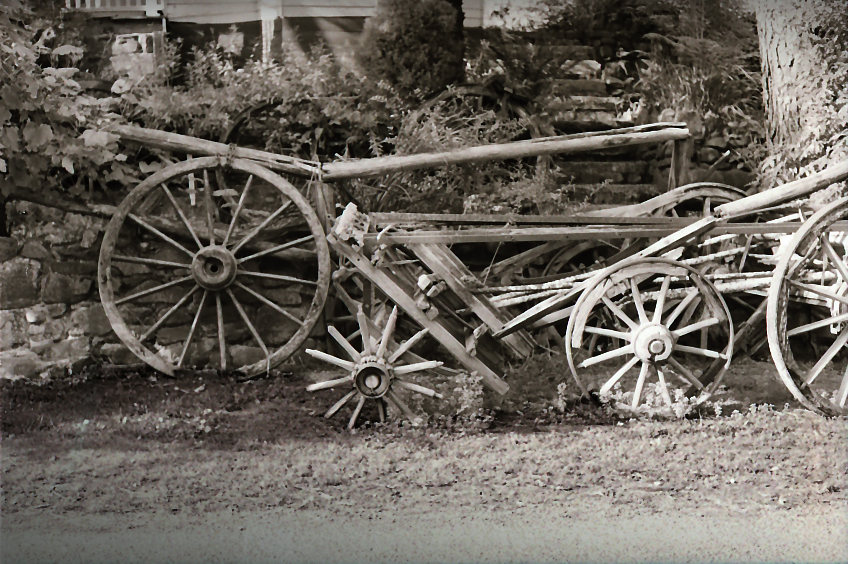
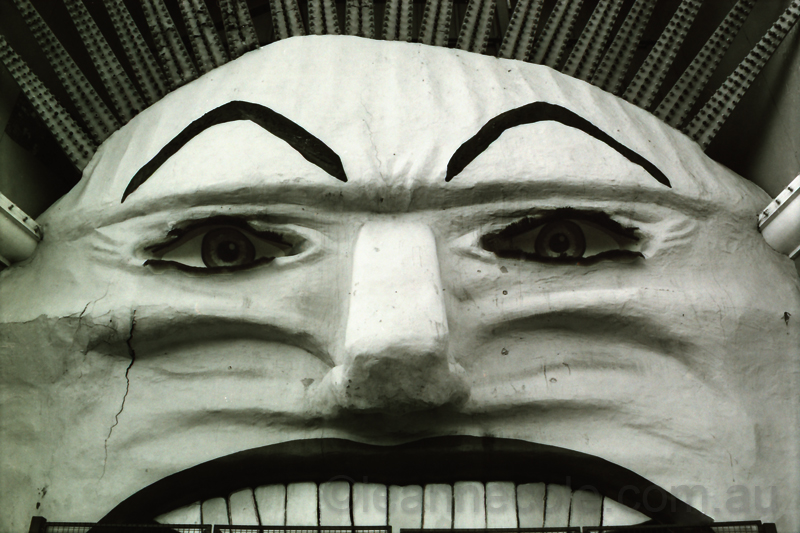
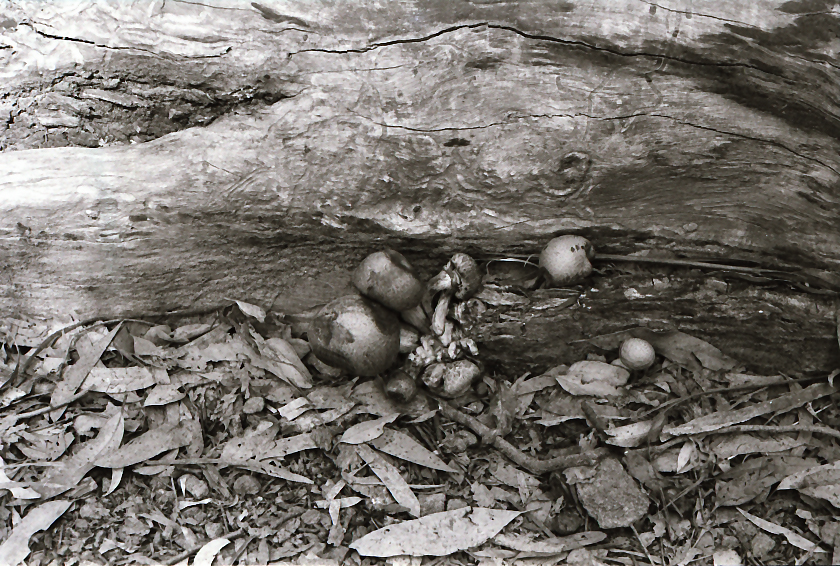
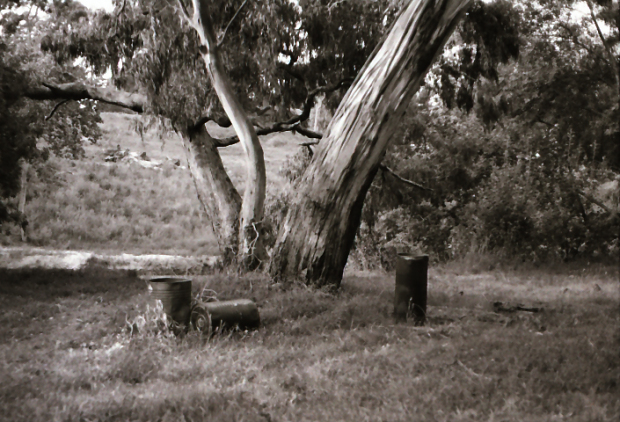

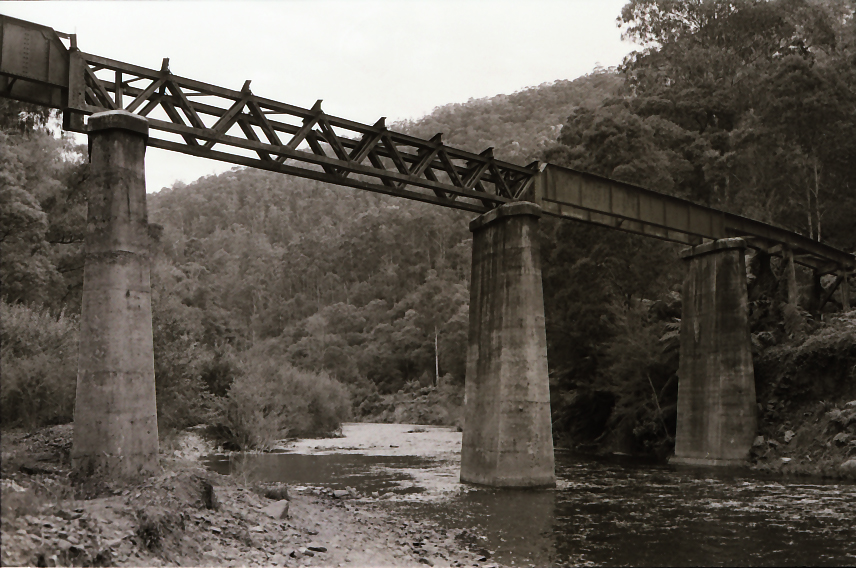
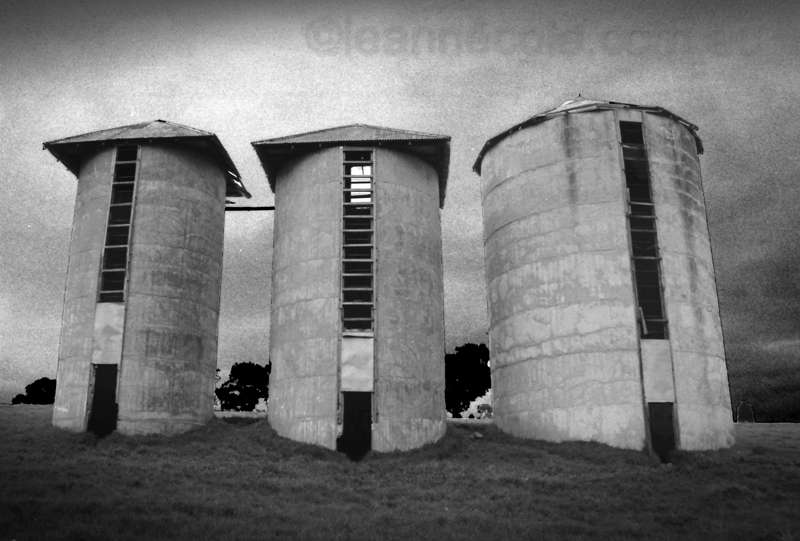
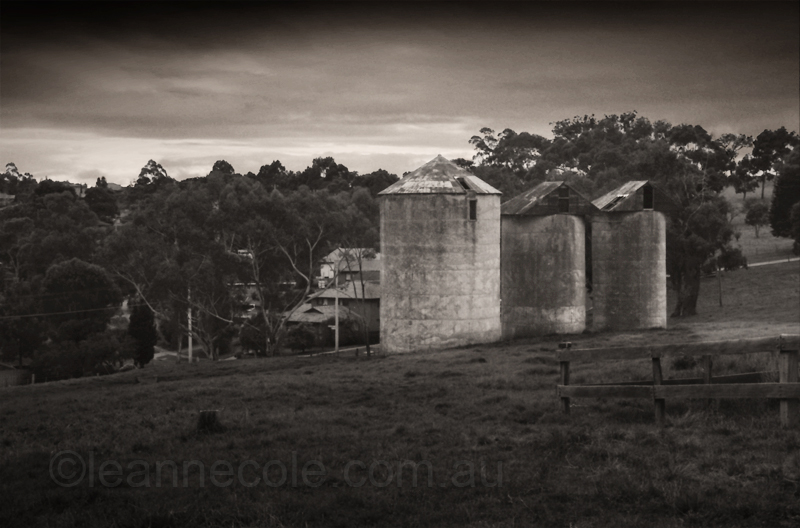
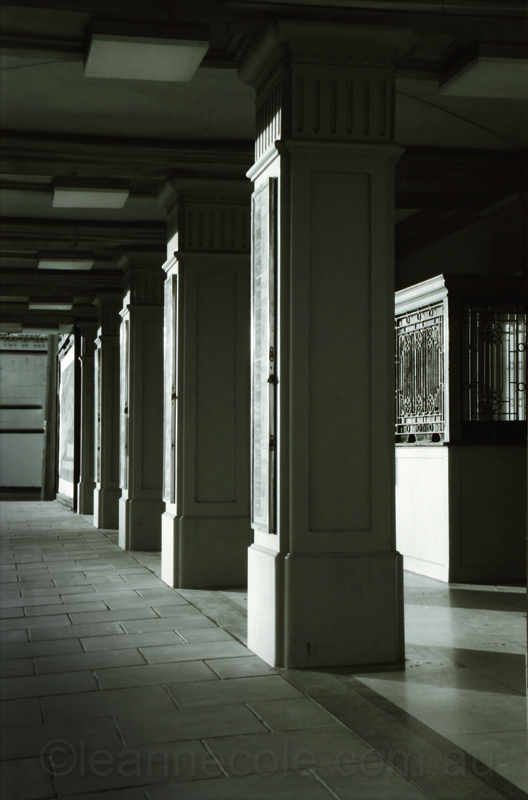
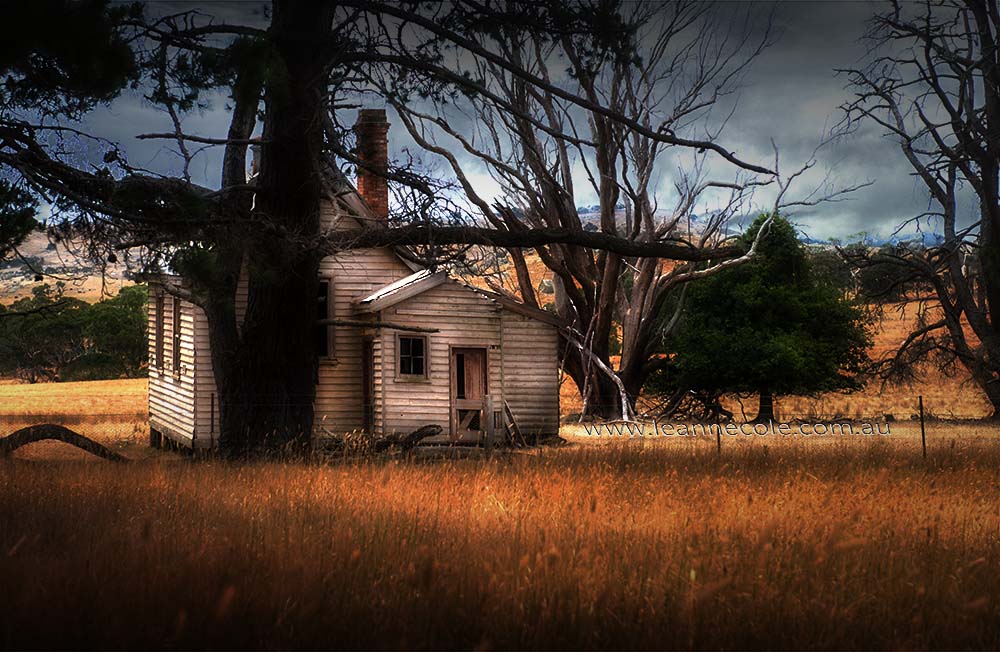
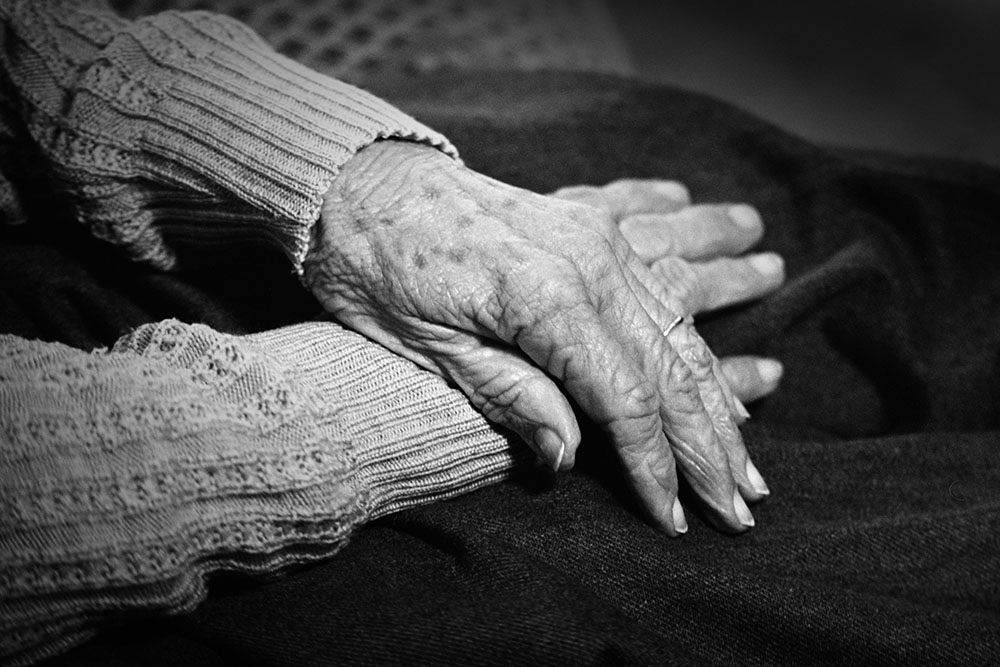


Thanks, Leanne. I have been following you for a while. I finally got my first DSLR and appreciate this post. Great pointers.
Congratulations, that is fantastic, are you loving the camera? What did you get?
Well, just know that we all do these when we start and some of them always forever, lol.
Nice to know that they can help as well. Thank you.
Great list of tips. I have to admit, even after all these years, I’m still rubbish at getting straight horizons 🙂
I don’t think you are alone, I’m great now Stevie, yep, my new camera has a horizon level in it, lol. 😀
A useful list. I was actually quite pleased to know that you don’t always get the horizon straight. I often find when taking pictures of the sea that the horizon is not quite straight and it always gets me down and makes me feel a failure. I used to be very bad at getting peoples heads or feet cut off in the early days and this was film where you wanted the picture to be just right when you took it. So I was really happy to get an SLR where what you saw through the viewfinder was the whole picture, no more, no less!
I am hopeless at getting straight horizons, I do love that my new camera has a level built in, makes it so much easier. Glad to hear you have stopped cutting off feet and hands, lol. That is great, that you got the slr they do make a difference. Thanks RJ.
Thanks Leanne! This is a great refresher.
You’re welcome Tim, glad you think so, thank you.
👍
Great post!!
Thank you Nora.
Sound advice. I have made every one of those mistakes.
I think I have too, not hard, and some I still do. Thank you Tootlepedal.
That’s a great, comprehensive list. I am happy to report that, even as an amateur, I am not (or at least no longer) guilty of most of them (most of the time), possibly because I started out on a manual film camera and it was more important to get things right in camera and not end up with dud photos. I am definitely still very guilty of the horizon line thing. Even when I try to get it right in camera, it is often off to a noticeable degree. I correct it using software so I guess I am a bit lazy in that regard and don’t push myself to get it right from the get go. My husband is the one who is guilty of chopping off people’s feet and it drives me batty.
I have to admit, I made a lot of them as I learned along the way, some I still do. I stopped worrying about the horizon line, I have to admit, so easy to fix in post. Though my new camera has a line to work it out and I love it. Oh yes, chopping off feat, I’ve got friends who do that too. Thank you Laura.
Some good reminders there. Really like your B&W film images.
Glad you think so, thank you.
Thank you for the lesson, Leanne! I need to read a few more times.
The link of the 15 photography… is very helpful.
You’re welcome Amy, is good to know we aren’t alone when making the mistakes.
Glad you found the link helpful, good to know.
Thank you for those tips. I’ve overcome some of them and still learning.
You’re welcome Carolyn, I think we all still are, well I hope so.
Thank you!
You’re welcome Elisabeth.
Every beginning photographer should have your list memorized. It contains excellent advice for avoiding the most common mistakes. Nice job, Leanne!
Thank you Peter, a lot of people helped to make it a long time again, but it still seems quite relevant now.
So informative this post is…
Many a points we need to correct even after years of practicing photography..
Thank you so much for sharing, Leanne 🙂
That is great to hear Sreejith, and I agree, I still make quite a few of these too. You’re welcome and thank you.